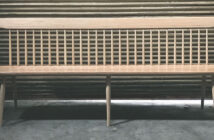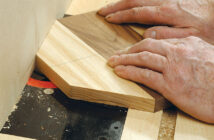Louis XVI Style:
Johan Roudy explores a style known for its strict adherence to proportions and balance.
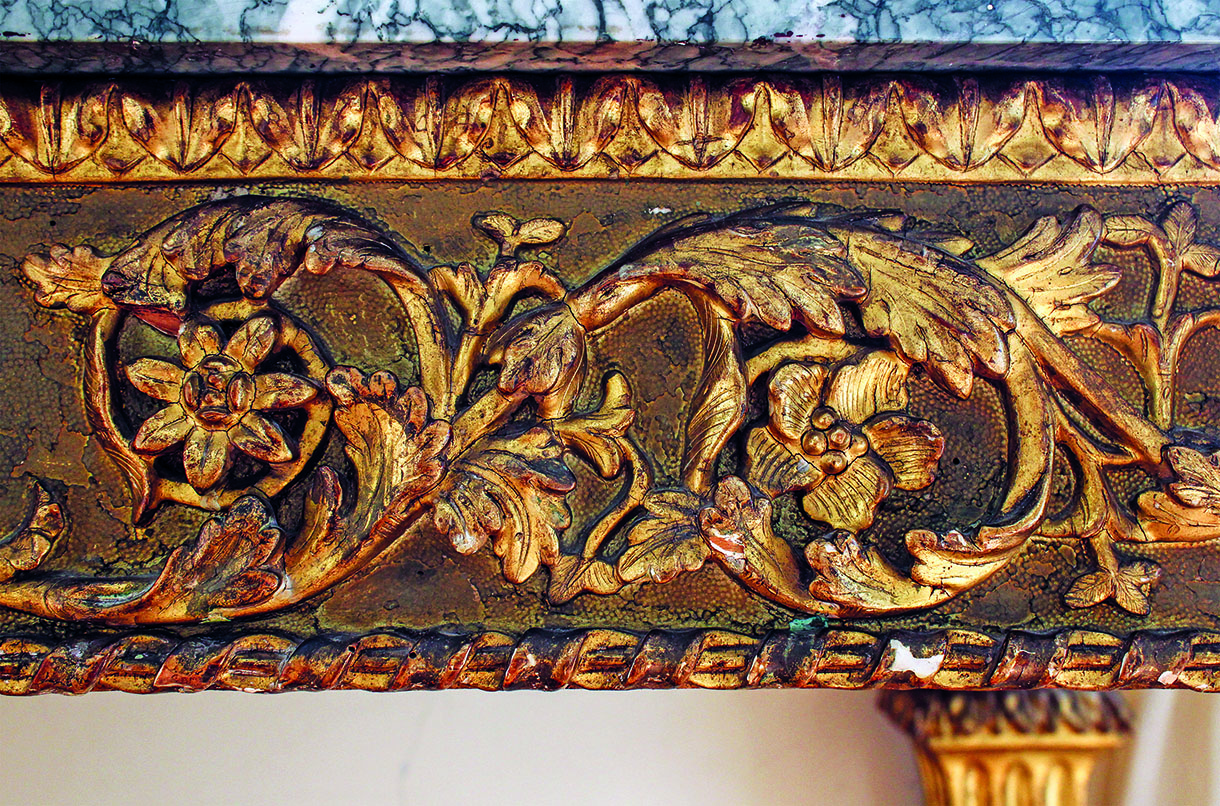
A rinceau of mixed acanthus and flowers, framed by a water leaf and a ribbon frieze
After the exuberant and fancy Rococo ornaments of Louis XV style, the end of the 18th century gives birth to Louis XVI style (1774-1785), a more sensible, reasonable style. As a reaction against the foolish Baroque curves, the asymmetry and the boundless ornamentation, Louis XVI style brings back some straight lines and square angles, while at the same time maintaining a certain lightness and a great quality of execution. Since 1760, at the end of the reign of Louis XV, the nobility is already getting tired with the excesses of fantasy in ornament. Under the influence of Madame de Pompadour, chief mistress of Louis XV, a transition style emerges. With an interest in the antique Greco-Roman styles, it retrieves a concern for strict proportions and balance, and an orderly decoration. During this period, it is still usual to find some mixed elements that could be attributed to Louis XV and Louis XVI style. Progressively, this results in a style with an elegant soberness, where the weighted use of graceful and delicate ornaments breaks the strictness of the straight lines.
The discoveries of antique ornaments in the archaeological sites of Herculaneum (1738) and Pompeii (1748) is a large source of inspiration in Louis XVI ornament. It encourages the return of severe outlines and symmetry. This is the early years of the neoclassicism – antique designs are widely interpreted and adapted to furniture, decoration and architecture, though they are carved with much more discretion and less slavishly copied than they will be in the 19 century. On furniture and seats, the curved legs are abandoned to be replaced by straight legs, narrowing at the bottom, with round or square section. They are decorated with various types of flutes – straight, filleted or not – or in spiral around the leg, reminding of the columns of Roman architecture. At the top is often carved an acanthus or water leaf square-framed rosette. Lyre, vase and urns, Greek fret bands, egg and dart or water leaf friezes, strings of pearls, hung festoons of flowers and leaves, sometimes surrounding a ram’s head, are among other elements borrowed from the classic ornaments. Very usual in Louis XIV and Louis XV styles, the shell designs tends to disappear, while griffons, sphynx or caryatids are still used, though appearing less threatening. The ornaments are still often gilded, but can also be painted in various shades of coloured grey.

Decorated furniture legs as designed by Richard De La Londe, ornamentalist in the 18th century

A festoon of flowers and roses, hung by tied ribbons
During this period, literature also influences the style. The taste for countryside and sweet, sentimental themes comes with the publishing of books such as Paul et Virginie by Jacques-Henri Bernardin or La Nouvelle Héloïse by Jean-Jacques Rousseau. This also prefigures the Romanticism of the 19 century. In Versailles, Marie-Antoinette transforms the small Trianon gardens into a bucolic place, building an idealistic countryside village and farm.
In ornament, pastoral themes are represented in many ways. High and low-relief of fishing, hunting or farming trophies, flower or fruit baskets, bird nests, pine cones, laurel and oak leaves… The acanthus leaf is still abundantly used, in a softer and calmer way than the Louis XV style. It is carved in round or oval rinceaux, and in symmetric patterns, but it also gives way to compositions of leaves, small flowers and fruits in bunches.
Specific of the style, the bow, the quiver and the torch, in a spray of leaves or flowers, represents Cupid’s attributes. Doves and wreaths of roses often come along to illustrate the sentimental
themes, as well as folds of drapery.
Used independently, for example on a frame or a mirror, or holding a festoon or a trophy, an other easily recognisable and persistent element of Louis XVI style is the ribbon or the tied ribbon. While the ribbons carved during the Renaissance had a changing width, tending to decrease at the ends, the Louis XVI ribbon keeps a constant size, pleating and twisting abundantly.
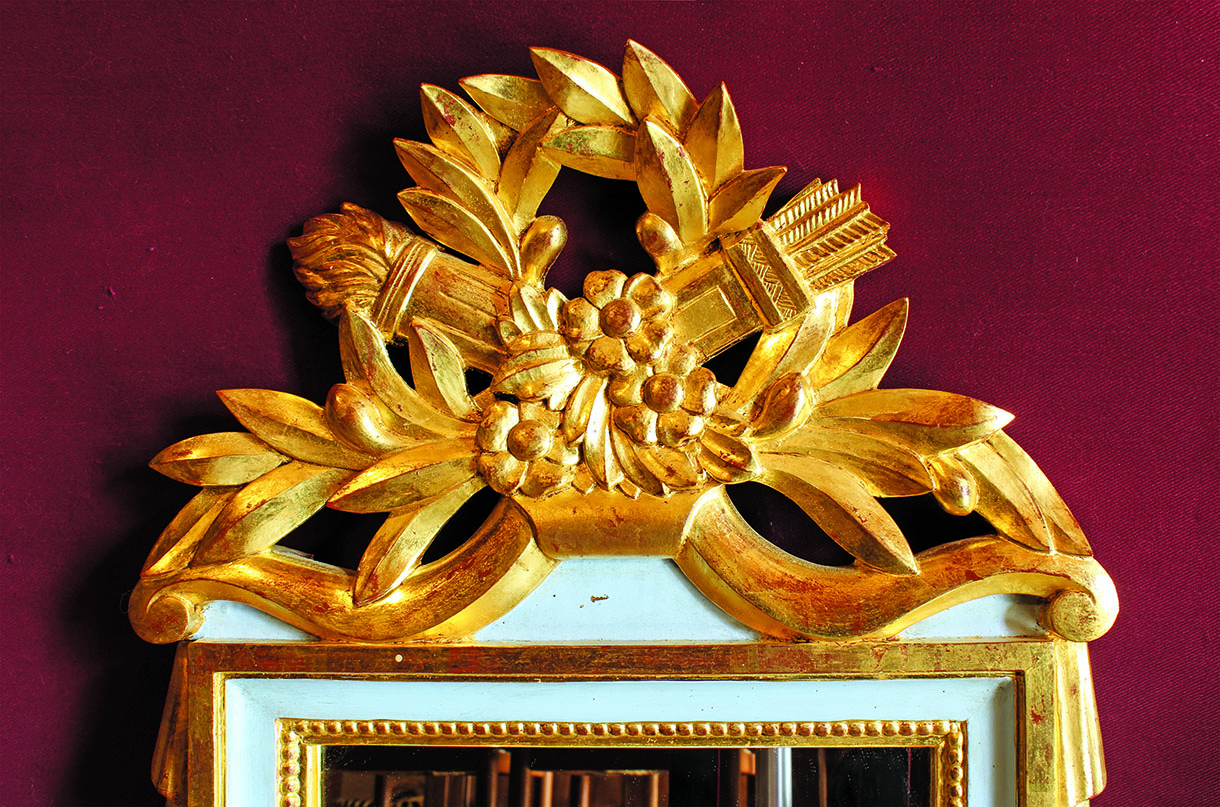
The bow, quiver and torch in a spray of leaves and flowers. Draperies hangs in the corners and a line of pearls runs along the frame
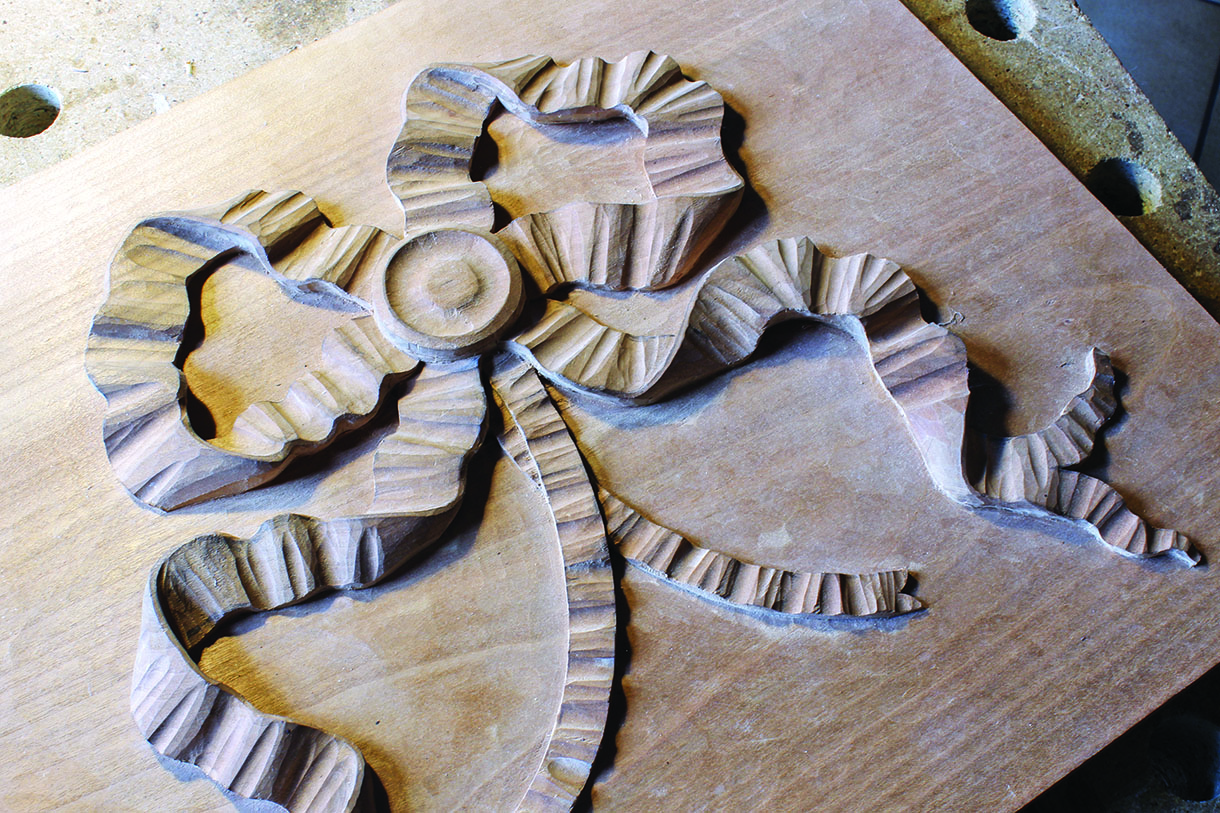
A tied ribbon carved in Louis XVI style
After the reign of Louis XVI and the French Revolution (1789), as a continuation to Louis XVI style, the inspiration from Antique Art becomes predominant, even more after Napoleon’s campaign of Italy. But in the 19 century, the ornament looses the gentleness and the delicate interpretation the carvers made under Louis XVI.


